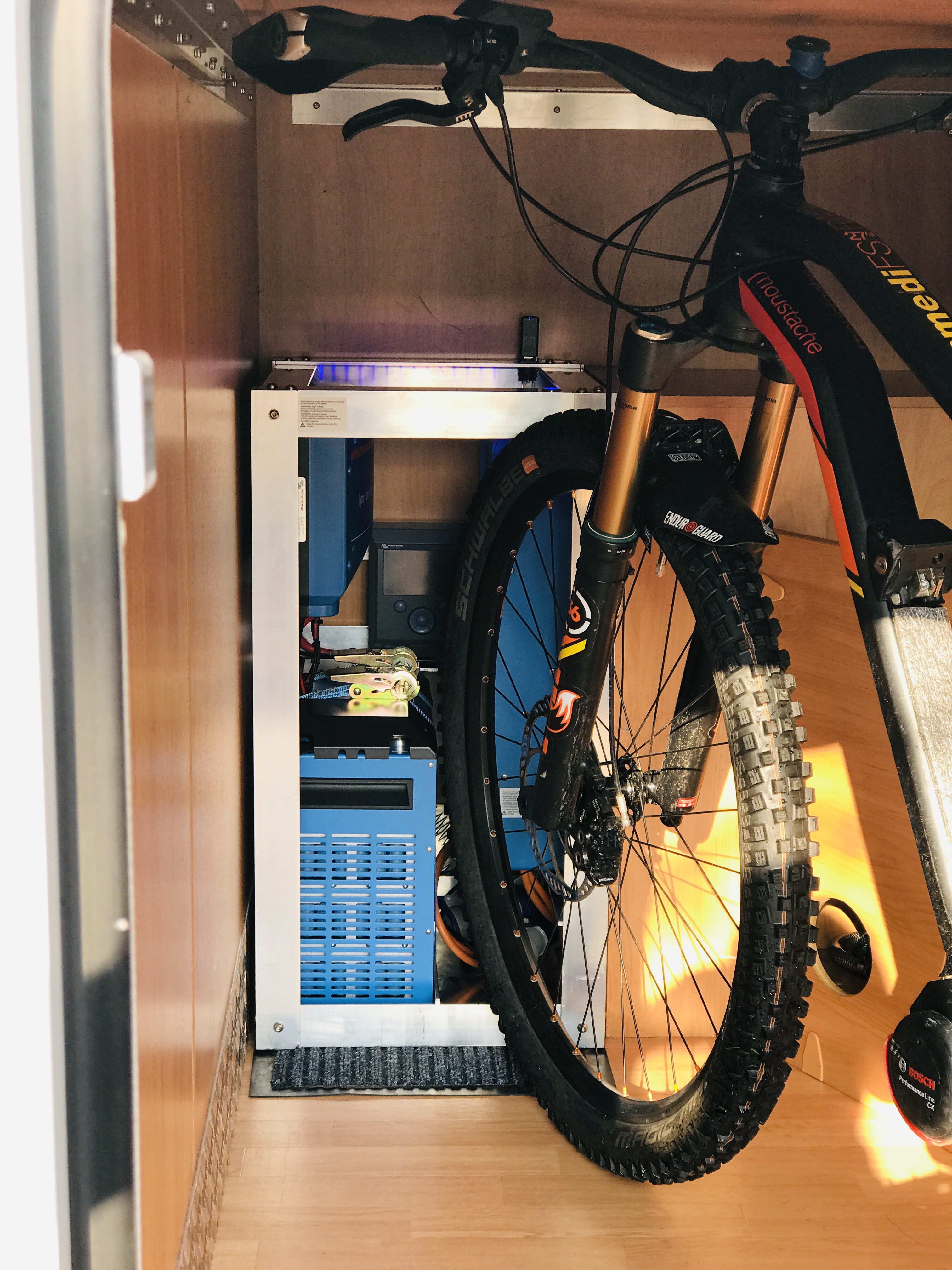We are designing a 52' performance sailing cat and would appreciate any advice or links to other resources in planning our system.
Propulsion and galley services all electric. Motors 2 x 15kwh ( DC 48V) + house loads DC 24V + 240V Ac via inverter.
Supply side planning a battery bank of circa 18kwh, 16kwh 48V DC Gen set, Solar around 2kw + what ever regeneration we get.
As a performance catamaran, weight is an important consideration, both in terms of optimal placement and total kg. Am reflecting on battery placement and whether to centralise or decentralise. Desirable to locate batteries as close as possible to load and distribute weight. With an elec motor in each hull would make some sense to create 2 separate battery banks for Elec Propulsion + one for house loads. Reduces heavy cabling & Vd, provides redundancy but adds complexity & cost -presumably would need 3 BMS, one for each bank + run charge sources to 3 places?
Im also puzzled about how 3 separate banks would interact in terms of relative charging and separate SOC?
Finally anyone have experience with the Victron Lithium-Ion HE Batteries ? They are Lithium Nickel Manganese Cobalt Oxide (NMC) technology, energy density at 180kw/kg is outstanding, 24V, air cooled but with only IP22 rating. Apparently this technology is used in power tool and EV applications.
Yes expensive but if weight matters (and it does to me) possibly worth it. Wondering if they are robust enough for a sailing cat. Certainly marketed as "Marine" but the IP22 rating not great.
I can see advantages in assembling a full Victron system from Batteries, BMS to Inverter aside from expense.
Appreciate any comments, guidance or links to resources that can assist.
Thanks in advance.

